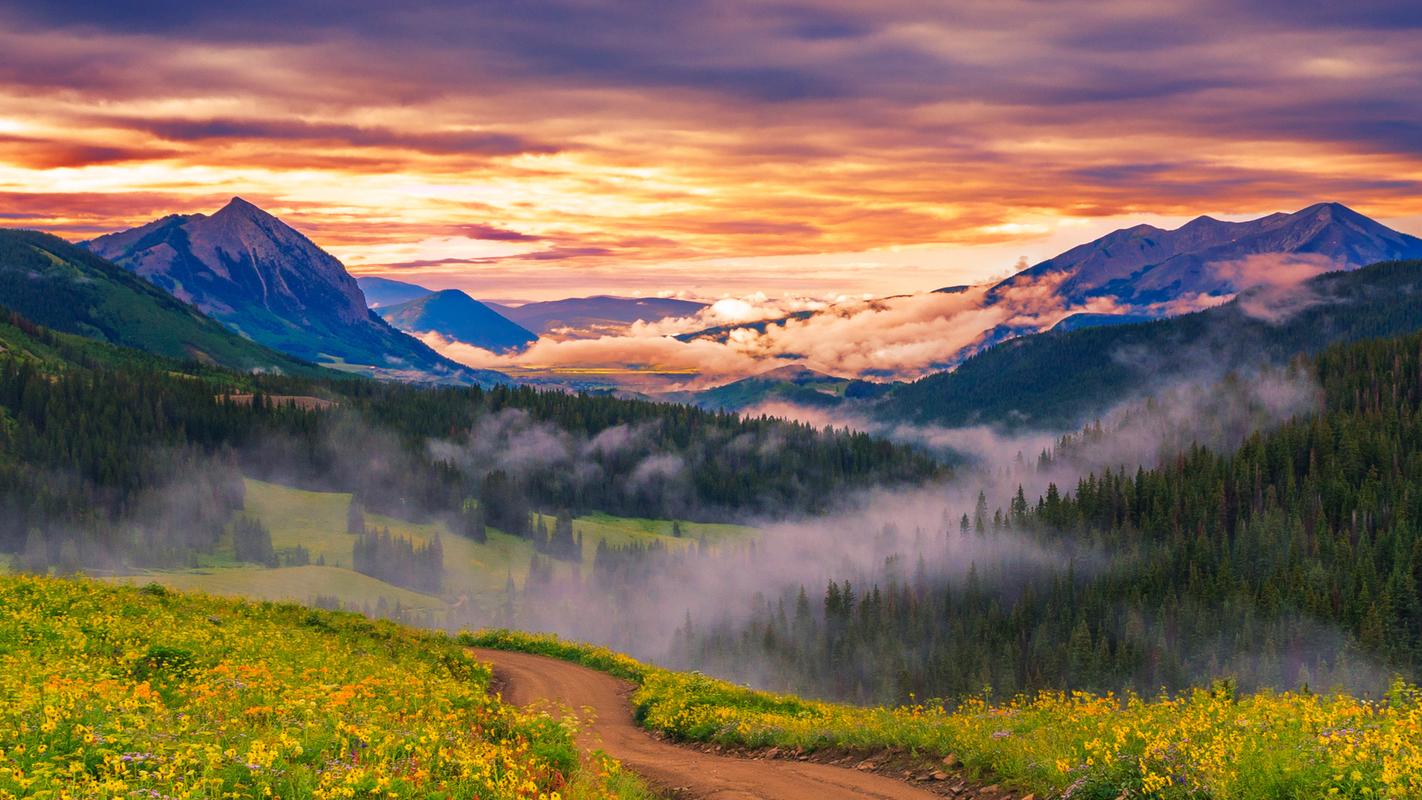Exploring the Importance of Avalanche Information Center for Safety: Tips and Resources
Avalanches are one of the most deadly natural disasters that can occur in snowy mountainous areas. Avalanche safety is of utmost importance for anyone who loves skiing, snowboarding, or any other outdoor activity in the mountains. Knowing how to access and use avalanche information can mean the difference between life and death. In this article, we will explore the importance of avalanche information centers and provide tips and resources for staying safe in avalanche-prone areas.
What Are Avalanche Information Centers?
Avalanche information centers are organizations that provide information about the current snowpack and avalanche risks in specific geographic areas. These centers employ experienced professionals with extensive knowledge of avalanche forecasting and mitigation techniques. They use a variety of tools, including snow science, weather data, and observations from field professionals to produce daily avalanche forecasts. The information provided by these centers is vital for outdoor enthusiasts, backcountry skiers, and rescue professionals who rely on accurate and timely information to make informed decisions about their activities in the mountains.
Why Is Avalanche Information Important?
Avalanche information can help hikers, climbers, and skiers make important decisions about when and where to engage in outdoor activities. The information provided by avalanche information centers can be useful in planning the safest route to take, choosing the right equipment, and adjusting plans if the risk of avalanche is too high. This is particularly important for backcountry skiers who frequently venture into remote areas not maintained by ski resorts. Lack of timely information can lead to deadly accidents, which is why it is essential to monitor the conditions by checking the forecast before embarking on outdoor activity.
How to Access Avalanche Information
Avalanche information centers have various platforms to disseminate their data. Some of the most commonly used platforms are websites, social media, and mobile applications. Some websites have interactive maps where you can view the current avalanche risks for your location. Additionally, the internet provides a platform for community-generated reports; however, it is important to verify the information before relying on it. Social media can also be useful in accessing avalanche information, including video and photo updates from field professionals. Mobile applications, such as the Avalanche Forecast app, can also provide valuable information about avalanche risks.
Avalanche Safety Tips: How to Stay Safe
Even with avalanche information, it’s essential to exercise caution, especially when venturing into remote areas. Here are some tips to help you stay safe:
- Learn about avalanche safety before engaging in outdoor activities in snowy mountain areas. Attend avalanche safety classes and workshops to have an in-depth understanding of risk factors, safety procedures, and rescue techniques.
- Before embarking on any activity, check the avalanche forecast for the area. Avoid engaging in high-risk activities during periods of high avalanche danger.
- Always carry necessary avalanche safety equipment, such as an avalanche beacon, shovel, and probe. Make sure you know how to use the equipment properly.
- Travel with companions and keep them in sight at all times. You are more likely to survive an avalanche if you are not alone.
- Always be aware of your surroundings and potential avalanche hazards. Look for signs of instability, such as recent avalanche debris, cracks in the snowpack, or whumpfing sounds.
- If you get caught in an avalanche, try to get to the side or back of it quickly. If you can’t, hold onto something sturdy and try to make yourself as small as possible.
Conclusion
Avalanche information centers provide essential information about snowpack and avalanche risks in specific geographic areas. By accessing and using this information, outdoor enthusiasts can make informed decisions about their activities and stay safe while enjoying the beauty of the mountains. Remember to always be prepared and exercise caution and to bring along necessary safety equipment. By following avalanche safety tips and using resources like avalanche information centers, you can enjoy outdoor adventures and stay safe.
(Note: Do you have knowledge or insights to share? Unlock new opportunities and expand your reach by joining our authors team. Click Registration to join us and share your expertise with our readers.)
